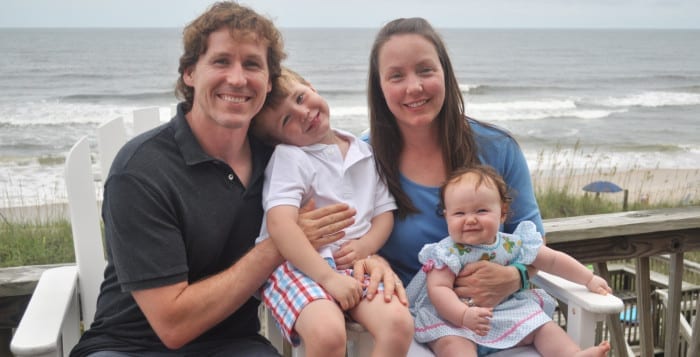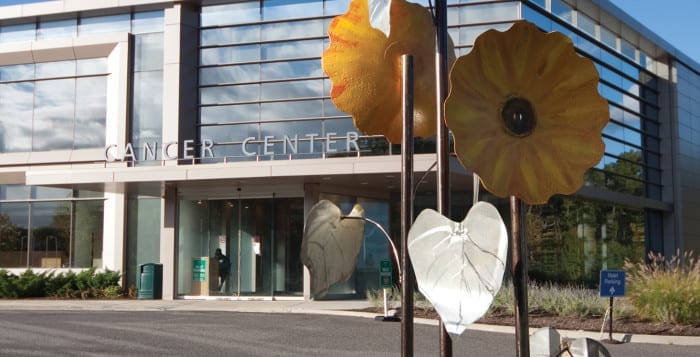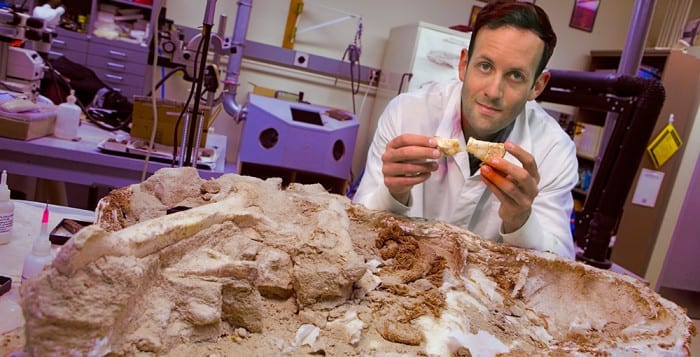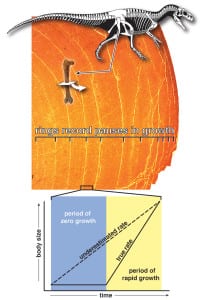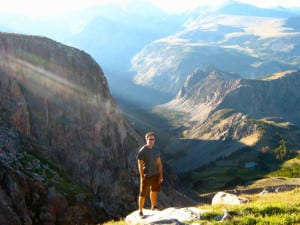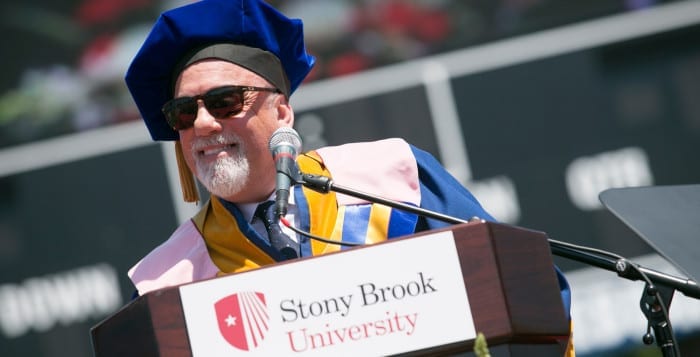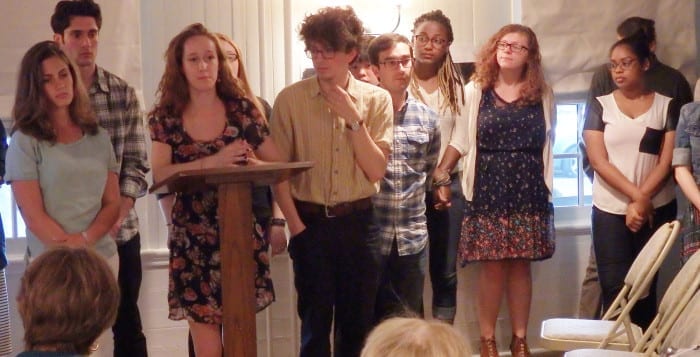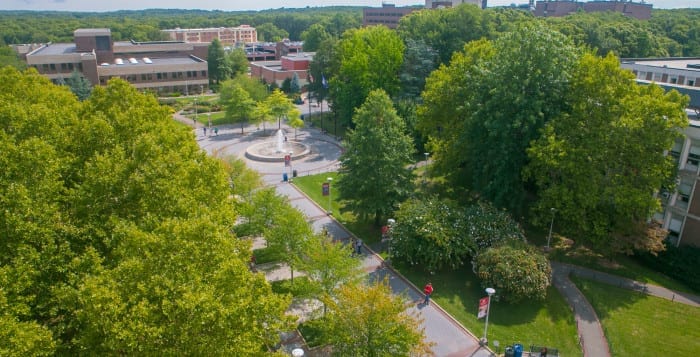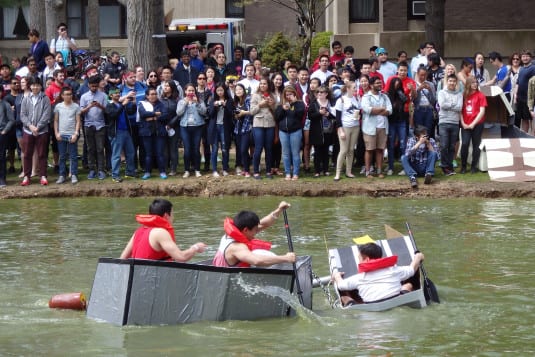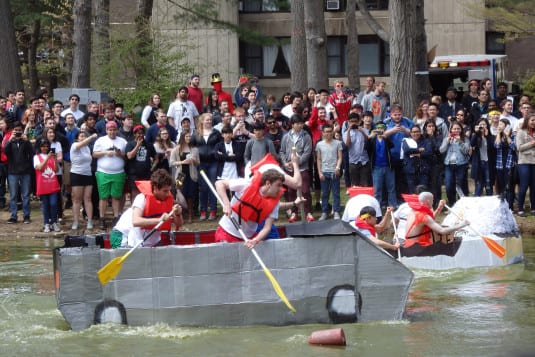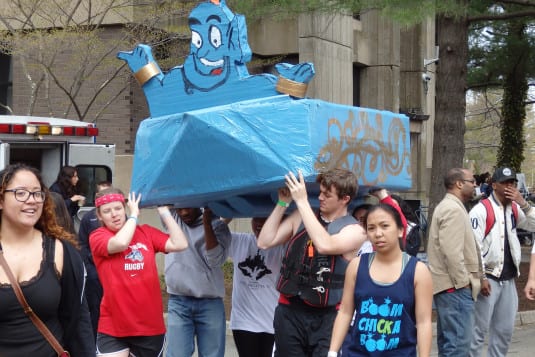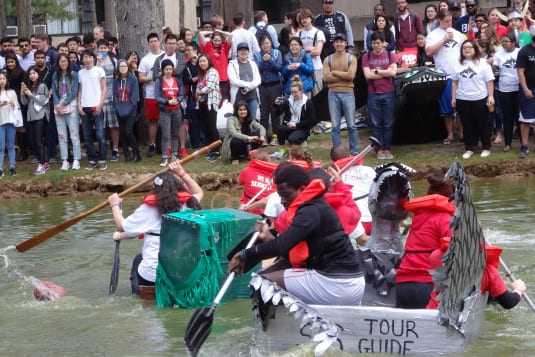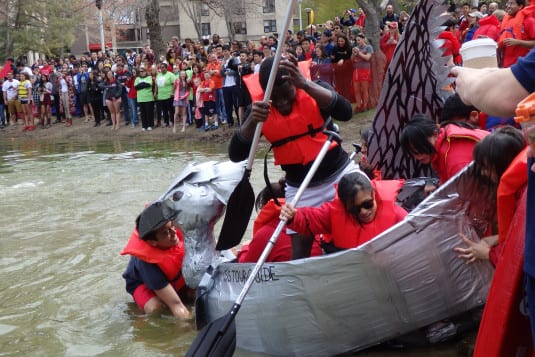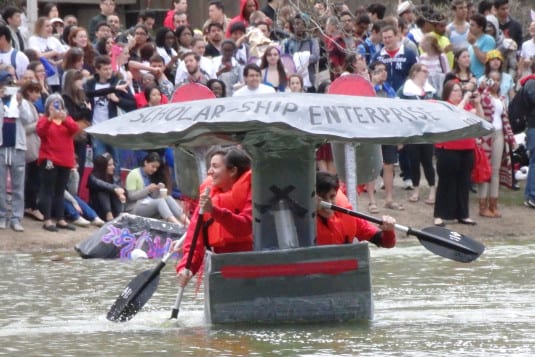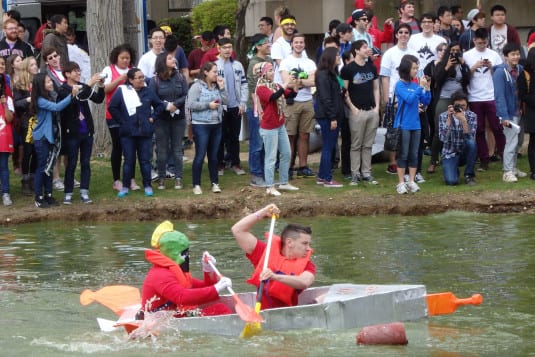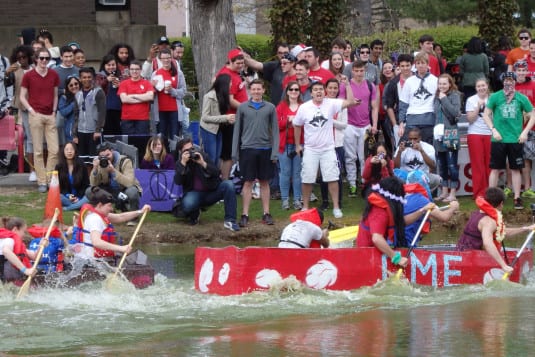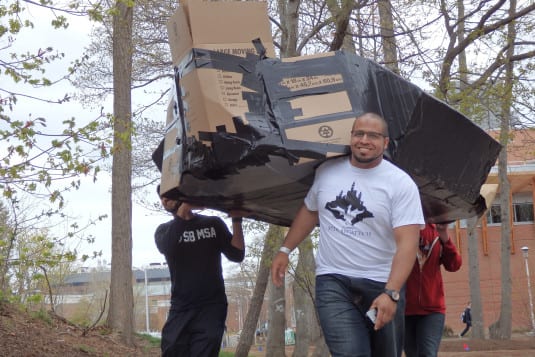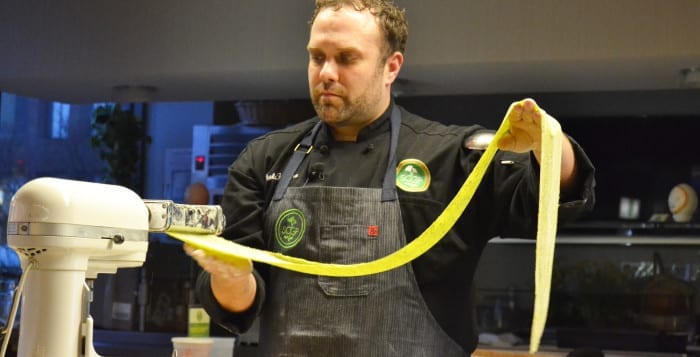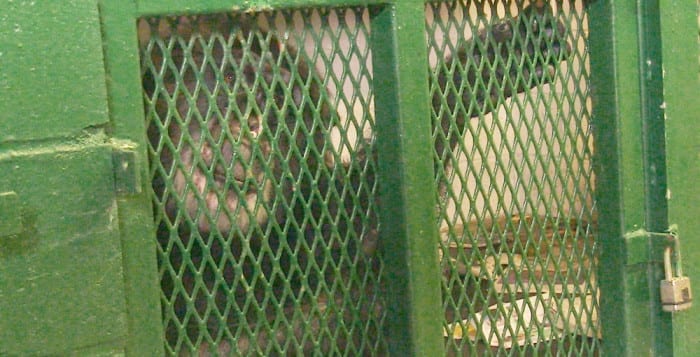The estimated nearly 100,000 dead bunker fish that have washed ashore in Riverhead may seem astounding, but it wasn’t all that surprising to the panel of experts brought before the Suffolk County Health Committee on Thursday.
In late May, the thousands of dead bunker fish, formally known as Atlantic menhaden fish, began appearing in the Peconic Estuary, an area situated between the North and South Forks of Long Island. According to a June 2 press release from the Peconic Estuary Program, the bunker fish died as a result of low dissolved oxygen in the water. This shortage of oxygen is called hypoxia.
Walter Dawydiak, director of the county’s environmental quality division, who serves on the panel, which was organized by the health committee chairman, Legislator William “Doc” Spencer (D-Centerport), testified that the number of dead fish was at or approaching 100,000.
“This one is bigger and worse than any,” Dawydiak said.
According to the PEP, which is part of the National Estuary Program and seeks to conserve the estuary, bunker are filter-feeding fish and an important food source for many predatory fish, including striped bass and blue fish.
Alison Branco, the program’s director, said the fish are likely being chased into shallow waters by predators, but are dying because of low dissolved oxygen levels in the waters. In addition, an algae bloom is contributing to the low levels and is fueled by excess nitrogen loading. Much of that nitrogen comes from septic systems, sewage treatment plants and fertilizer use.
“We’ve reach a point where this kind of hypoxia was run of the mill. We expect it every summer,” Branco, who also served as a panelist, said following the hearing.
While magnitude of the fish kill was astounding, the experts said they weren’t so surprised that it happened.
“I definitely thought it could happen at any time,” Christopher Gobler, a biologist at Stony Brook University, said in a one-on-one interview after the panel hearing. “There’s been an oxygen problem there all along.”
Gobler called it largest fish kill he’d seen in 20 years.
According to panel members, the worst of the fish kill occurred between May 27 and May 30.
Branco did suggest that this shocking environmental event could be turned into a positive if the right measures are taken sooner rather than later.
“It’s always shocking to see a fish kill,” she said. “As much as we don’t want to have things like that happen I think the silver lining is that it did capture the public’s attention.”
Prevention of a fish kill this large is possible, according to Branco. While preventing the harmful algal blooms is not possible, reducing the frequency and severity can be done if the amount of nitrogen in the coastal water supply is controlled.
Adrienne Esposito, executive director of Citizens Campaign for the Environment, an environmental policy advocacy group, agreed that curtailing the amount of nitrogen in the water is the easiest and most impactful way for prevention of a fish kill of this magnitude.
“The journey of a thousand miles starts with the first step,” Esposito said in response to a question about the daunting task of fixing the Island’s sewage treatment techniques and facilities on a limited budget.
Esposito described the roughly $5 million from New York State, which was allotted to Suffolk County to deal with cleaning the coastal water supply, as seed money. Esposito and Branco both said they believe the commitment of time and money required to solve the nitrogen problem in the water supply will be vast.
“We can do this,” she said. “We have to do it. We have no choice.”


